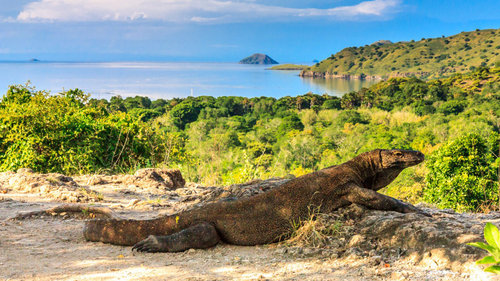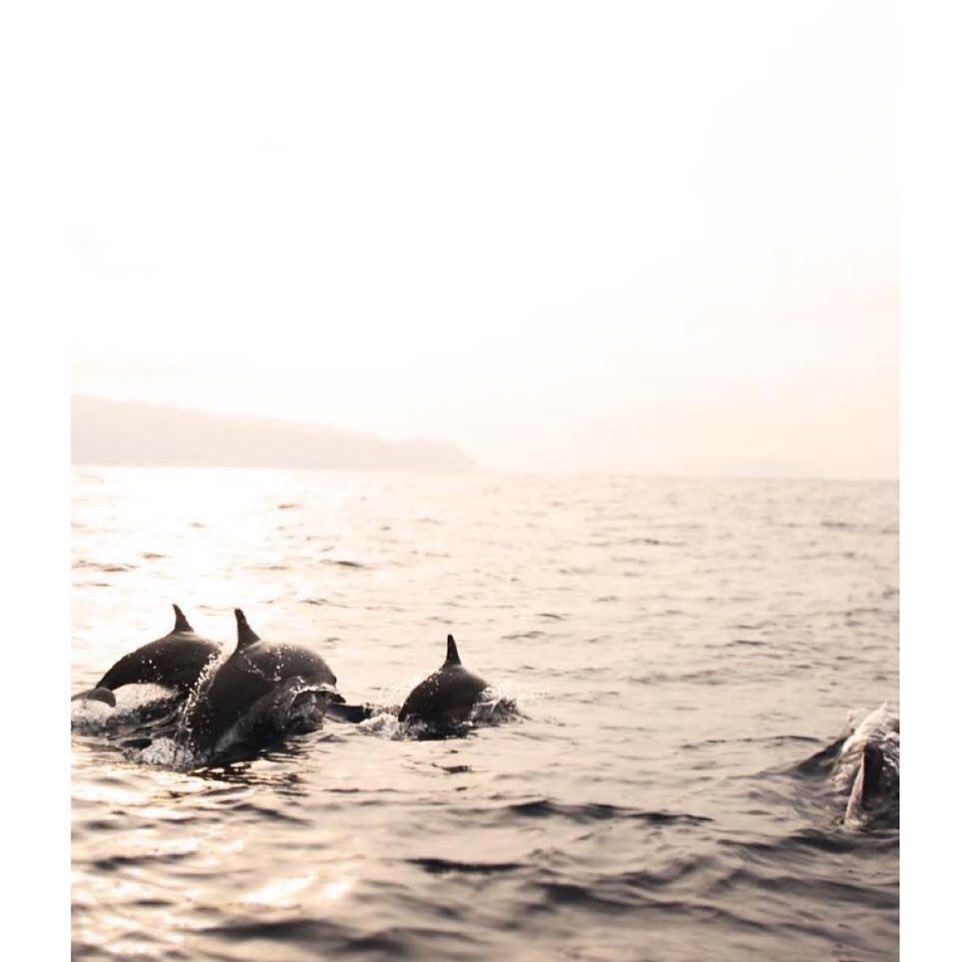The Komodo National Park of Flores, Indonesia, is rising in popularity as the new off-the-beaten path adventure for travellers and adventurers alike. This isolated islets in eastern borderline of Indonesia spells a Lost World vibes, luring the inner wanderlust of anyone to explore the spellbinding wonderland. We are not even exaggerating. Think about jagged, small islands rising high from deep turquoise ocean. Vast and bright blue sky adorned by stark white clouds. A series of undulating hills covered by golden carpets of savannah hills, hiding lines of undisturbed shorelines. Pink beaches and blinding white beaches. And behind this marvellous panorama, lives the beasts, the Komodo Dragons, along with other fantastic animals in the harmony of the wild. Embarking on Komodo liveaboard would be your best choice to have a live encounter with all the beasts of Komodo.

Lord of Dragons: The Komodo Dragons
This is not The Game of Thrones, and it’s definitely not Eragon. In this land, dragons are real—and the last of them is living in the protected land of Komodo National Park. The Varanus Komodoensis, or Komodo Dragons, are gigantic monitor lizards who has live their life for more than 4 million years ago. They are basically prehistoric creatures! These dragons are descendant of the Megalania species, who lived in Australia since 40 millions years ago and just recently went extinct. Don’t take these dragons lightly. They are seriously fierce predators, preying large animals such as water buffalos and deers. These dragons left nothing—swallowing everything down to the last bones. Jurassic and terribly wild, the Komodo Dragons are definitely the main star of the park’s attraction.
The Komodo lives in Komodo Island and Rinca, which can only be reached by Komodo Liveaboard or speedboat from the mainland Flores. Normally they love to stalk the shores or wandering around open grassland. They love to sunbathe to help digesting their food! When it comes to the mating season, these dragons love to go deep into the forest to find their soulmate for the next two months.
The Large Prey: Deers and Water Buffalos
Though they rule like kings, the magnificent Komodo Dragons are not the only resident of the national park. This UNESCO protected land also house deers, horses, water buffalos, Rinca rat, dozens species of birds, and the orange footed scrub fowl! Wait until you feel the almost-magical excitement while you happen to catch an eye contact with wild deers in roaming in their outdoor habitat.
The Komodo Liveaboard Chaser: Dolphins!

The Flores sea is one of the best water on the world. Being as the meeting point of two sea currents, these waters is incredibly rich in planktons which boost the growth of coral reefs and invites billions of marine animals to enjoy the prosperous surrounding. And yes, that included the dolphins. These curious and highly intelligent mammals love to tail passing Komodo liveaboard. You will notice the signs when everyones in the boat are shouting “Lumba Lumba!” Maybe the dolphins just love to say hi!
The Ever Graceful Manta Ray
A trip to Komodo will never be complete before you meet the graceful Manta Ray. The other giants of Komodo National Park who lives under the sea. They love to be around in Manta Point, Manta’s favourite spot for feeding and cleaning. You could drop down just 10 meters from your liveaboard and find sandy bottoms and high visibility water. This is where Manta Rays frequently pass by. It’s a thrilling experience even for highly seasoned divers!
See from Komodo Liveaboard: Sunset Fruit Bats!
It’s forbidden to dock on Bat Island (or the Pulau Kalong on local tongue). This mysterious island houses millions of huge fruits bats. Hanging on mangrove branches, deep under the shades of mangrove forest that form half of the island. Get ready in your Komodo liveaboard, which will stop just miles from the island, and wait for a spectacular show. Just as the sky turns into shades of orange-violet, thousands and thousands of fruit bats fly off from their home to Rinca and Flores, in search of dinner. Backdropped by gorgeous sunset sky, the sight of flying bats is gonna be a stunning show that seems like straight of the Nat Geo Wild channel.